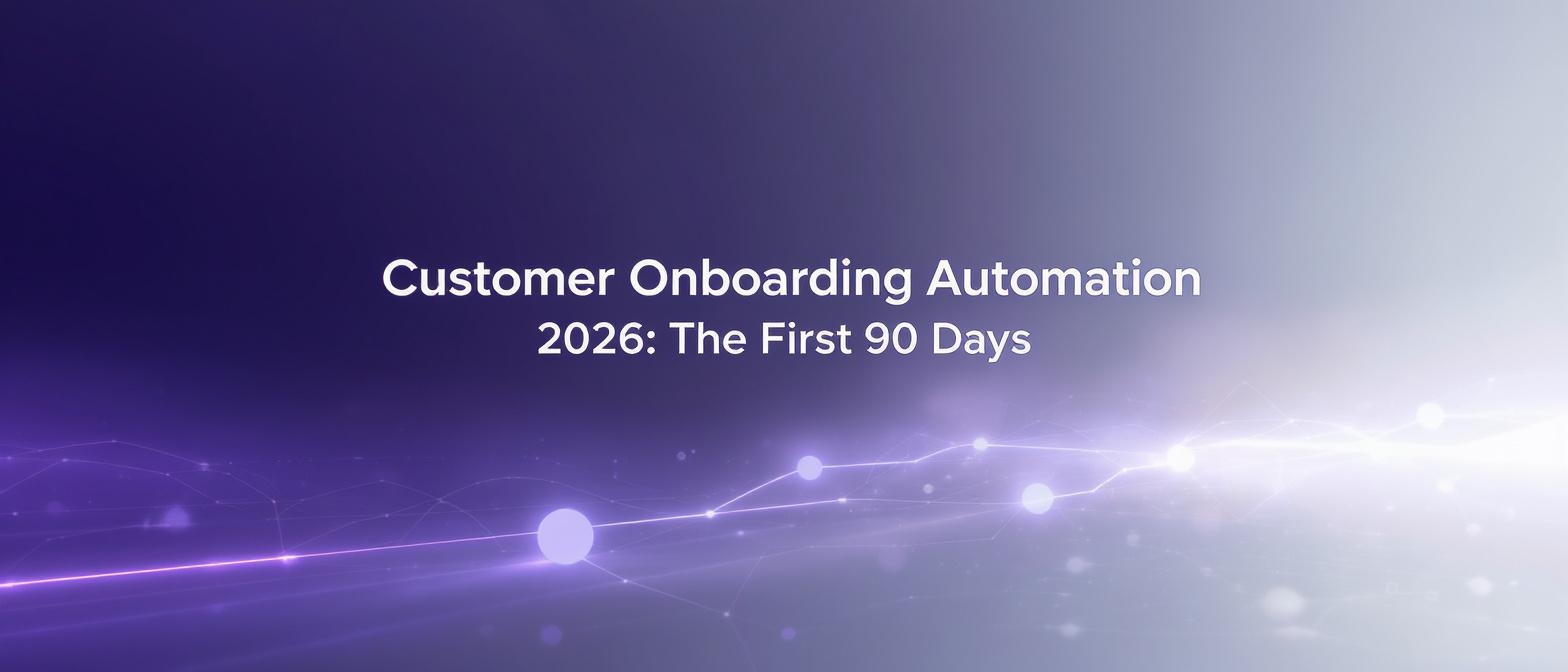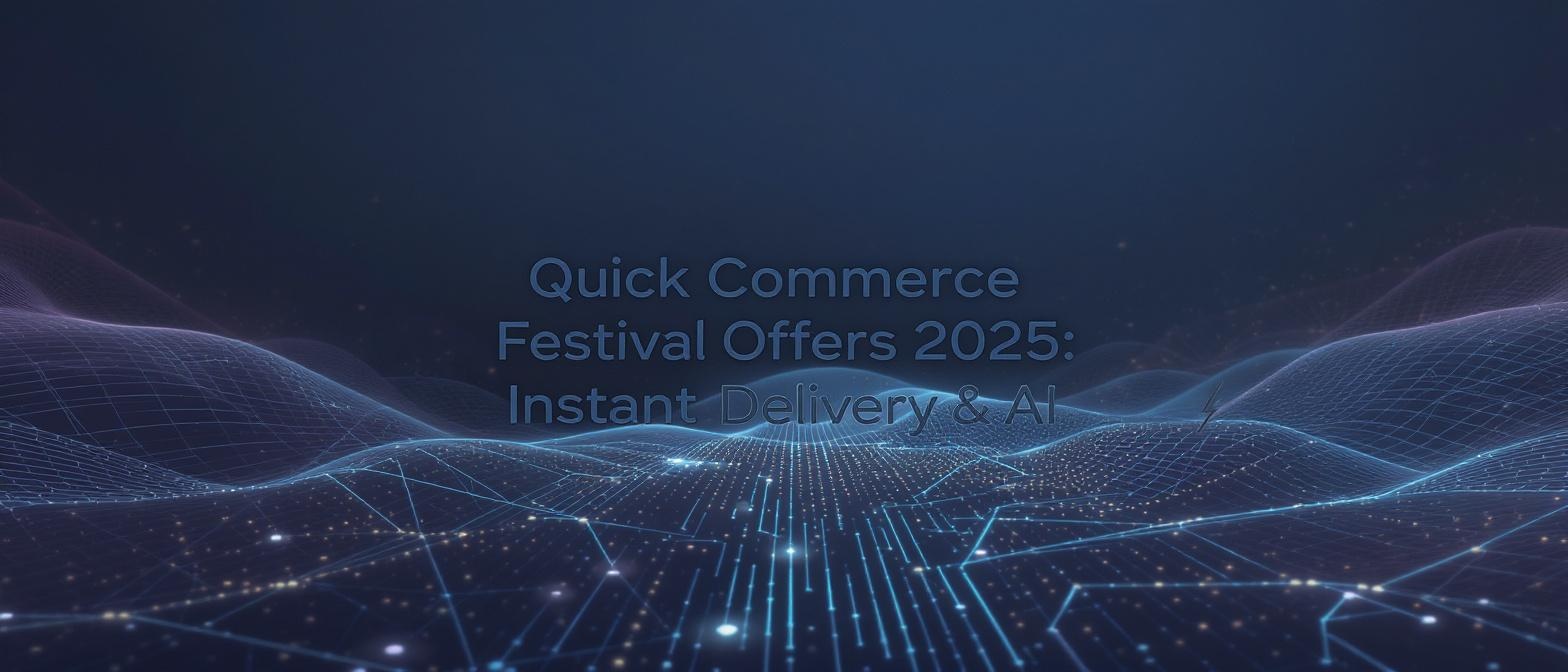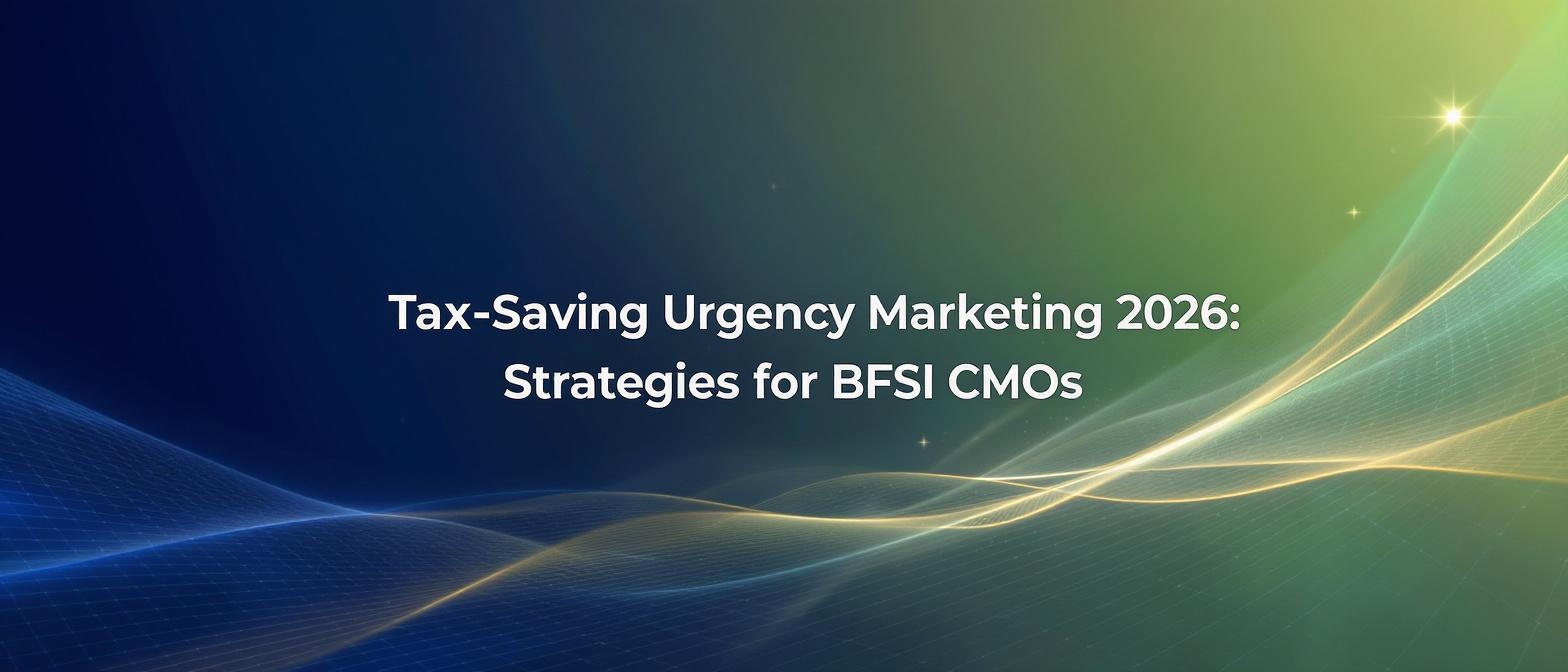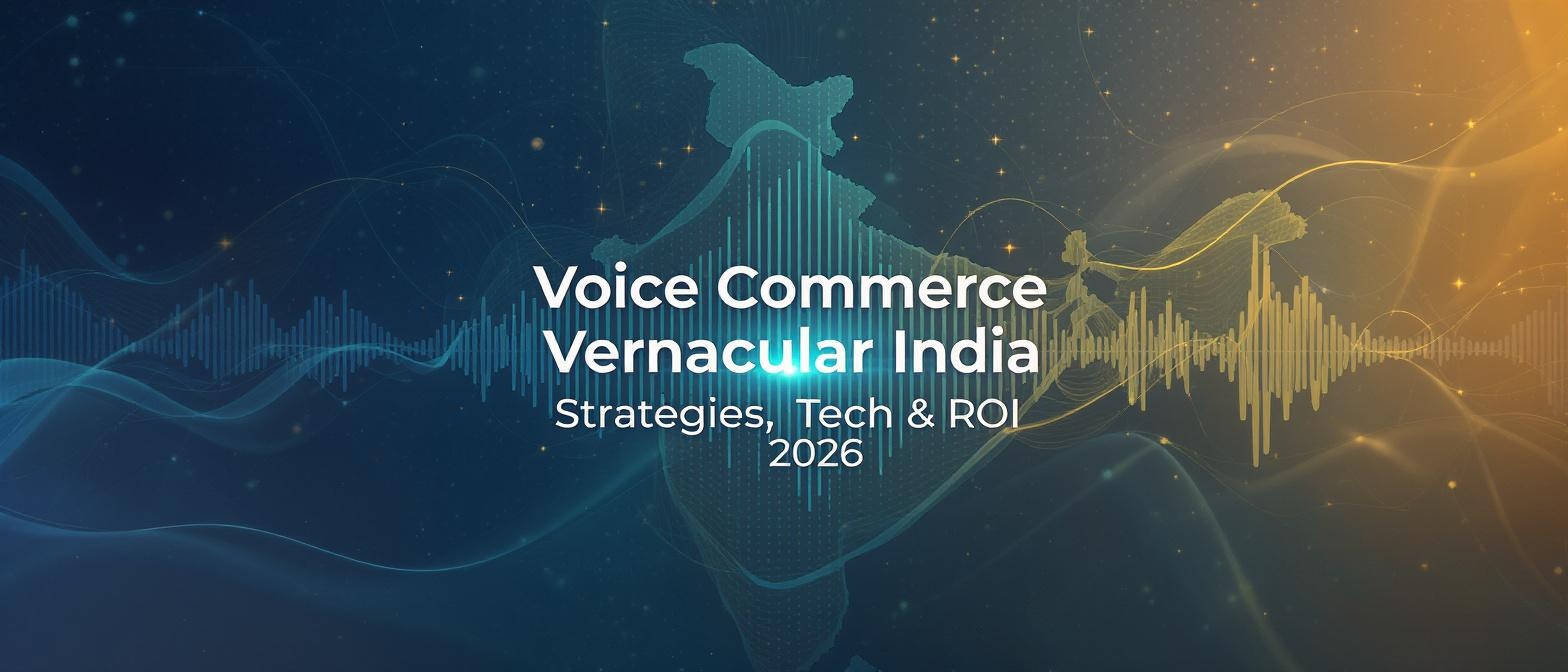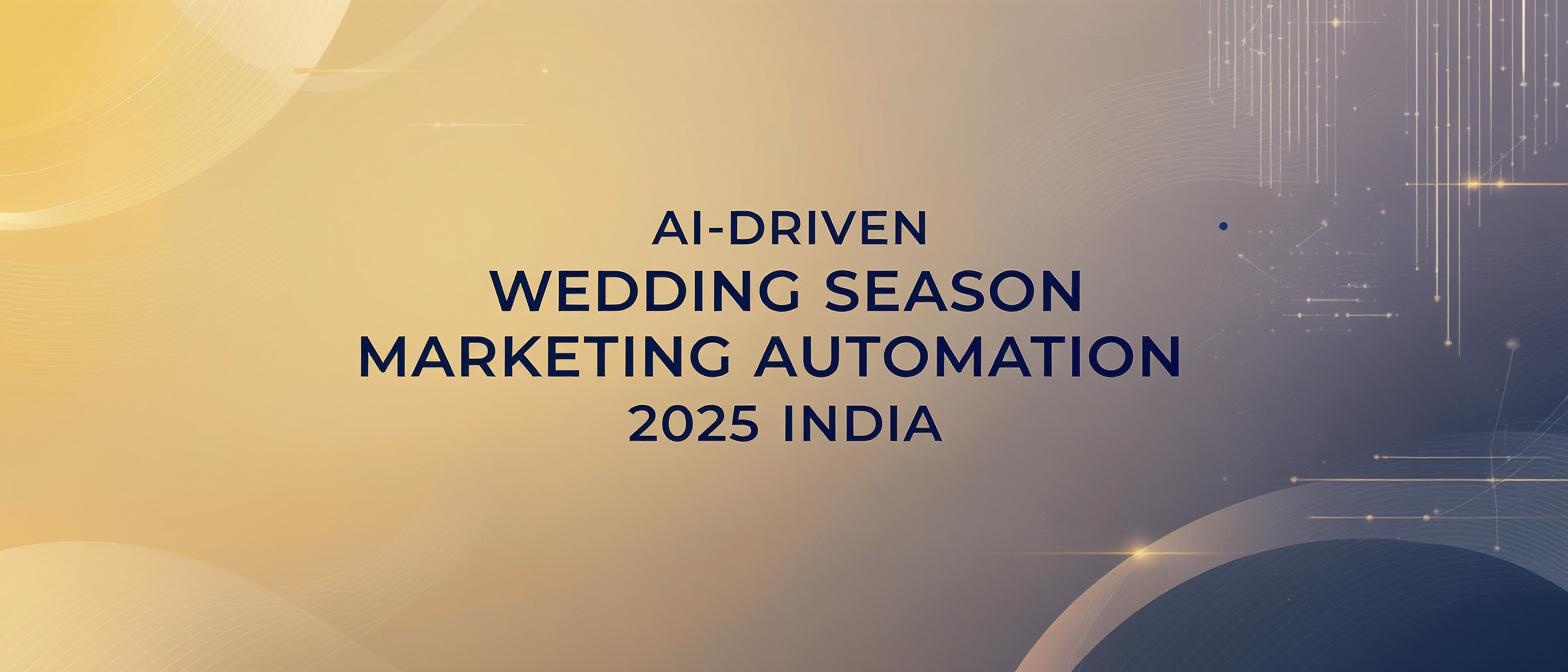Customer Onboarding Automation 2026: Revolutionizing the First 90 Days with Video-Driven Personalization
Key Takeaways
- The first 90 days greatly influence long-term retention and success
- Hyper-personalized video drives higher engagement than text-based onboarding
- AI-powered automation reduces manual workload while improving accuracy
- Compliance and ethics are essential to building trust and ensuring data security
The first interaction a customer has with your product is a moment of truth. In the competitive SaaS landscape, this initial onboarding experience is not just a welcome tour; it's a make-or-break opportunity to prove value and secure long-term loyalty. As we look toward the future, the standard email sequence and generic tutorial are no longer enough. The next frontier is customer onboarding automation 2026, a sophisticated fusion of artificial intelligence and hyper-personalized video designed to revolutionize every step of the new user journey.
This next generation of onboarding moves beyond simple automation. It’s about creating a one-to-one connection at a scale of millions, transforming the critical first 90 days customer success window from a period of high churn risk into a powerful retention engine. Research shows that a well-executed onboarding process influences up to 63% of purchase decisions and can slash early product returns by a staggering 55% when automated effectively. By leveraging AI-driven time-to-value optimization videos, businesses can now guide users to their “aha!” moment faster than ever before, cementing a foundation for lasting success.
In this comprehensive guide, we will explore the core principles of customer onboarding automation 2026. We'll break down why the first 90 days are so critical, examine the emerging technologies shaping the industry, and provide a strategic playbook for implementing video-driven personalization. From crafting automated video sequences to measuring ROI, you will gain the insights needed to build a future-proof onboarding strategy that not only retains customers but transforms them into passionate advocates.
Source: https://www.docebo.com/learning-network/blog/customer-onboarding-software/
Why the First 90 Days Matter for Customer Success
The concept of first 90 days customer success is the bedrock of modern retention strategy. This period represents the most vulnerable phase of the customer lifecycle. During this time, users are evaluating your product’s promises against its real-world performance, and the clock is ticking to deliver tangible value.
At the heart of this challenge is “time-to-value” (TTV), a metric measuring the time it takes for a new customer to derive meaningful benefit from your product. A short TTV correlates directly with higher product adoption, engagement, and long-term retention. Conversely, a long and confusing journey to value is the leading cause of early-stage churn. Every moment of friction—a confusing interface, a missed milestone, an undiscovered feature—increases the likelihood that a customer will abandon your platform.
The data underscores this urgency. A focused and efficient onboarding experience is proven to accelerate user activation, which can boost retention by as much as 7.4% and increase overall revenue by over 6%. This isn’t just about making a good first impression; it’s about methodically guiding users through key activation milestones. These include critical steps like completing their account setup, performing their first key transaction, or discovering a feature that solves their primary pain point. Delay in achieving these milestones signals a significant churn risk. By using time-to-value optimization videos and other automated engagement tools, you can proactively address roadblocks and ensure every user feels supported and successful from day one. This focus on early-stage customer engagement is no longer optional—it’s the primary driver of sustainable growth.
Source: https://www.docebo.com/learning-network/blog/customer-onboarding-software/
The State of Customer Onboarding Automation in 2026
The landscape of customer onboarding automation 2026 is being reshaped by powerful undercurrents of artificial intelligence and hyper-personalization. The old model of one-size-fits-all onboarding is being replaced by dynamic, data-driven systems that adapt to each user’s unique needs and context. By 2026, it’s projected that AI will be the central nervous system of onboarding, handling repetitive tasks and freeing human teams to focus on high-value strategic interactions.
Industry forecasts predict that process automation will seamlessly integrate across sales, customer support, and digital operations. This convergence will create unprecedented transparency and dramatically improve response times, ensuring a consistent and delightful customer experience from the moment of sign-up. AI-powered tools are already streamlining workflows, but the real revolution lies in their ability to deliver personalization at an unheard-of scale. This is where product adoption onboarding automation comes into play. Instead of just automating reminders, these systems use dynamic data streams—like purchase history, user segment, job role, and in-app behavior—to tailor every single touchpoint.
This hyper-personalization extends to the very content being delivered. For example, onboarding email video automation is evolving from sending a generic welcome video to embedding a dynamically generated video thumbnail that features the user’s name and company logo. The system might trigger a personalized video from the CEO welcoming a high-value enterprise client or a specific tutorial video for a user who has stalled at a particular step. According to 2026 trend reports, this level of intelligent automation is becoming the new standard for reducing manual workloads and improving accuracy in customer-facing processes.
Sources: https://www.dipolediamond.com/process-automation-trends-7-best-practices-in-2026/, https://enboarder.com/blog/future-onboarding-trends/
Crafting Personalized Onboarding Video Sequences
The pinnacle of modern onboarding is the use of personalized onboarding video sequences. These are not static, pre-recorded videos. Instead, they are modular video templates built to be injected with user-specific data in real-time, creating a unique and compelling experience for every single customer. Imagine a new user receiving a welcome video where a brand ambassador greets them by name, mentions their company, and highlights the specific features most relevant to their stated goals.
This level of customization is now possible at enterprise scale. Platforms like TrueFan AI enable this through a powerful combination of generative AI technologies. Key capabilities include hyper-personalization across more than 175 languages, ensuring global reach with local relevance, and the ability to insert dynamic visuals based on user data. A groundbreaking feature is the use of diffusion-based face reanimation, which allows for “virtual reshoots.” This means a company can alter a celebrity’s or CEO’s speech in an existing video to A/B test different messages or update offers without ever needing to film again.
The entire workflow is automated and API-driven, designed for speed and scalability. Here’s a typical flowchart:
- Data Trigger: A user action (e.g., sign-up, milestone achievement) triggers an event in your CRM or application.
- API Call: Your system makes an API call to a SaaS onboarding video platform, sending user data like name, company, and role.
- Script Compilation: The platform’s AI compiles a personalized script using the provided data within a pre-approved template.
- AI Render: The video is rendered in under 30 seconds, complete with perfect lip-sync and a natural-sounding voice clone.
- Automated Delivery: The final, personalized video is delivered to the user via their preferred channel, such as email, WhatsApp, or an in-app notification.
This automated process transforms a generic new customer welcome video series into a powerful, one-to-one communication channel.
Video-Driven Customer Activation Campaigns
A successful onboarding process doesn’t end after the welcome email. The next critical step is driving activation—encouraging users to engage with the core features of your product that deliver value. This is where customer activation video campaigns become essential. These are highly targeted video messages timed to correspond with specific user behaviors or lack thereof, providing the right nudge at the right moment.
The most powerful application of this strategy is implementing feature adoption video triggers. Your analytics platform can detect when a user has not engaged with a crucial feature within a certain timeframe. Instead of a generic text-based reminder, this non-action can automatically trigger a personalized video. The video could feature a product manager explaining the specific value proposition of that feature and providing a quick, compelling “how-to” demonstration, all while addressing the user by name. This proactive, personalized guidance is far more effective at overcoming inertia and driving exploration.
AI-powered automation tools are the engine behind these sophisticated campaigns. They enable businesses to streamline follow-ups and deliver the kind of instant personalization that makes users feel seen and supported. By making onboarding interactive, memorable, and directly relevant to each user’s journey, these video campaigns transform passive users into active, engaged customers. This hands-on approach to early-stage customer engagement ensures that users not only understand your product’s features but also integrate them into their daily workflows, maximizing stickiness and long-term value.
User Onboarding Personalization Strategies
To truly master onboarding, you need a toolkit of specific, repeatable user onboarding personalization strategies. It’s not enough to simply personalize a name; you must personalize the entire journey. Here are three core tactics that leverage video automation to create a deeply engaging experience:
1. Onboarding Milestone Celebration Videos
- Mechanics: Integrate your analytics platform with a video generation API. Set up triggers for key activation milestones, such as completing profile setup, inviting a teammate, or making the first five transactions. When a user hits a milestone, a video is automatically generated.
- Template Design: The video template might feature a celebratory message from a brand ambassador or CEO, saying, “Congratulations, [Name]! You just completed your first 5 transactions with [Company Name]. You’re well on your way to success.”
- Expected Outcomes: These videos serve as powerful positive reinforcement, increasing user motivation and building a sense of accomplishment. This can lead to a measurable lift in session duration and a reduction in drop-off rates between onboarding stages.
2. Personalized Product Tour Videos
- Mechanics: Instead of a single, lengthy product tour, create modular video segments for each core feature. Use user-provided data from sign-up (e.g., role, industry, team size) to stitch together a custom tour.
- Template Design: A user identified as a “Marketing Manager” would receive a tour focused on campaign management and analytics features, while a “Sales Rep” would see a tour highlighting lead tracking and CRM integration. These personalized product tour videos are anchored in user segments.
- Expected Outcomes: By showing users only what’s relevant to them, you drastically shorten their time-to-value and reduce cognitive overhead. This leads to higher feature adoption rates and a significant decrease in “How do I...?” support tickets.
3. Onboarding Email Video Automation
- Mechanics: This strategy involves embedding dynamic video thumbnails directly into your onboarding email sequences. The thumbnail is not a static GIF; it’s a personalized image generated on the fly, often featuring the user’s name or company logo within the video’s opening frame.
- Template Design: A reminder email for an incomplete setup could feature a thumbnail with the text, “[Name], you’re one step away!” Clicking the thumbnail leads to a personalized video walking them through the final step.
- Expected Outcomes: The novelty and personalization of these thumbnails lead to dramatically higher email click-through rates and video view-through rates compared to standard text-based emails. This is a simple yet powerful way to re-engage users who have gone dormant.
Evaluating SaaS Onboarding Video Platforms
Choosing the right SaaS onboarding video platform is a critical decision that will impact your ability to scale and execute your strategy. As you evaluate different solutions, it’s important to look beyond surface-level features and focus on the core capabilities that drive real results. Here is a framework for comparing platforms on the market, such as offerings from NiCE, Appian, and advanced generative AI specialists.
Side-by-Side Evaluation Framework:
-
Hyper-Personalization at Scale:
What to look for: Can the platform do more than just insert a name? Look for the ability to dynamically change visuals, voice-overs, and even entire video segments based on complex data triggers. TrueFan AI’s 175+ language support and Personalised Celebrity Videos at scale offer a benchmark for what is possible.
Key Question: Can you generate one million unique videos as easily as one hundred? -
Ease of Integration:
What to look for: The platform must offer robust, well-documented APIs that can seamlessly connect with your existing tech stack, including your CRM (like Salesforce), marketing automation tools, and communication channels like the WhatsApp Business API.
Key Question: How quickly can your development team get a proof of concept up and running? -
Render Speed and Multilingual Support:
What to look for: For real-time use cases (like an instant welcome video), render speed is non-negotiable. Look for platforms that can generate a video in under 30 seconds. Additionally, native multilingual support with authentic voice cloning and lip-sync is essential for global companies.
Key Question: Does the platform support all the languages of your target markets without resorting to clunky, dubbed audio? -
Analytics and Dashboards:
What to look for: A great platform doesn’t just create videos; it tells you how they perform. Look for detailed analytics on view-through rates, click-through rates, and conversion lifts. The dashboard should allow you to segment performance by different personalization elements.
Key Question: Can the platform prove its ROI with hard data?
Real-world results validate the importance of these features. For instance, the travel company Goibibo saw a 17% higher read rate on their WhatsApp messages when they included personalized videos, demonstrating the direct impact of this technology on engagement.
Source: https://www.docebo.com/learning-network/blog/customer-onboarding-software/
Case Studies & Success Stories in Video Personalization
The theoretical benefits of personalized video come to life in real-world applications. Leading brands across various industries are already leveraging this technology to drive unprecedented engagement and business results. These case studies showcase the power of combining creative strategy with scalable AI.
Zomato’s Mother’s Day Campaign
- Challenge: Zomato, a leading food delivery platform, wanted to create a memorable and emotionally resonant campaign for Mother's Day that would drive orders and build brand love.
- Solution: They partnered to create a campaign where users could send their mothers a personalized video message from a celebrity. After placing an order, users received a link to a video where a star like Vidya Balan wished their mother by name. This new customer welcome video series was adapted for a viral, event-driven campaign.
- Metrics & Results: The platform generated a remarkable 354,000 unique videos in a single day. The campaign went viral on social media, driving a significant spike in orders and generating immense positive sentiment for the brand.
Goibibo’s Personalized Travel Nudges
- Challenge: The travel booking site Goibibo needed an effective way to re-engage users who had searched for trips but had not completed a booking.
- Solution: They implemented a system of personalized onboarding video sequences triggered by cart abandonment. Users received a WhatsApp message with a video from cricketer Rishabh Pant, who mentioned them by name and referenced their searched destination (e.g., “Hey Priya, still thinking about that trip to Goa?”).
- Metrics & Results: This hyper-personalized approach led to a significant increase in booking conversions and created a viral buzz on social media as users shared their surprise and delight. It demonstrated the power of timely, contextual, and personalized engagement.
Hero MotoCorp’s Festive Greetings
- Challenge: Hero MotoCorp, one of the world’s largest two-wheeler manufacturers, aimed to connect with its vast customer base on a personal level during the festive season.
- Solution: The company delivered 2.4 million personalized videos featuring popular actors. Each video addressed the customer by name, mentioned their local dealership, and extended a festive greeting along with an invitation to a service camp.
- Metrics & Results: This massive campaign fostered a strong sense of personal connection and successfully drove offline action, with tens of thousands of customers visiting dealerships for the service camp, far exceeding typical early-stage customer engagement rates.
Cipla’s Doctor’s Day Thank-You
- Challenge: Pharmaceutical giant Cipla wanted to strengthen its B2B relationships by showing genuine appreciation to thousands of doctors on Doctor’s Day.
- Solution: Cipla sent 6,400 personalized videos featuring a celebrity thanking each doctor by name, acknowledging their city, and referencing their long-standing association with the company.
- Metrics & Results: The campaign was a resounding success. Doctors, accustomed to generic gifts, were deeply impressed by the personal gesture, which strengthened their relationship with Cipla and generated powerful organic word-of-mouth praise within the medical community.
Security, Compliance & Ethical Considerations
As customer onboarding automation 2026 becomes more powerful, so too does the responsibility to handle data and AI ethically. The use of generative AI, particularly with likenesses and personal data, requires a robust framework of security, compliance, and transparency to build and maintain trust. Your customer success onboarding playbook must have a dedicated chapter on this topic.
Leading platforms are built on a consent-first model. This means that every celebrity likeness is used under a formal contract, and explicit user consent is obtained before any personal data is used for personalization. This is non-negotiable. Furthermore, top-tier providers demonstrate their commitment to data security through internationally recognized certifications, such as ISO 27001 (for information security management) and SOC 2 (for managing customer data). These certifications are not just badges; they represent a rigorous, ongoing commitment to protecting sensitive information.
Beyond legal compliance, ethical best practices are crucial. This includes:
- Built-in Content Moderation: Automated filters should be in place to reject any attempts to generate political, offensive, discriminatory, or otherwise inappropriate content using the platform.
- Respect for Publicity Rights: A clear legal framework must be in place to manage the rights of any individuals—celebrity or otherwise—whose likeness is being used.
- Data Transparency: Users should have a clear understanding of how their data is being used to create personalized experiences.
Ultimately, compliance and ethics are not obstacles to innovation; they are foundational to it. Trust is the currency of the digital age, and a secure, transparent approach is the only way to ensure the long-term success of personalized video engagement.
Measuring ROI and Optimizing Your Playbook
Implementing a sophisticated video onboarding strategy is a significant investment. To justify it and continuously improve, you must have a clear framework for measuring its return on investment (ROI). Your first 90 days customer success program should be relentlessly data-driven, focused on tracking the metrics that matter most.
Key Performance Indicators (KPIs) to monitor include:
- Activation Rate: The percentage of new users who complete key onboarding milestones.
- Feature Adoption %: The rate at which users engage with core product features after receiving feature adoption video triggers.
- Churn Rate: The percentage of customers who leave within the first 90 days.
- Time-to-Value (TTV): The average time it takes for a new user to reach their first “aha!” moment.
- Video-Specific Metrics: View-through rate (VTR) and click-through rate (CTR) on your personalized videos.
Solutions like TrueFan AI demonstrate ROI through comprehensive analytics dashboards that provide granular insights. These platforms can show you the direct lift generated by mentioning a user’s name, the performance of different language variants, and the conversion rates of specific video triggers. This data is invaluable for optimization.
Your playbook should be an iterative document, not a static one. The process for optimization is straightforward:
- Analyze: Use your dashboard to identify drop-off points in your onboarding funnel and underperforming video assets.
- Hypothesize: Form a hypothesis for improvement (e.g., “A shorter video script will increase VTR”).
- A/B Test: Test your hypothesis by running experiments on video length, script variations, call-to-action placement, and different visual templates.
- Implement & Repeat: Roll out the winning variations and continue the cycle of analysis and testing.
This continuous optimization loop turns your onboarding process into a powerful growth engine, powered by time-to-value optimization videos that get smarter over time.
Conclusion & Next Steps
The future is clear: customer onboarding automation 2026 is not an incremental improvement but a paradigm shift. By harnessing the power of AI-driven, hyper-personalized video, businesses can fundamentally reshape the first 90 days customer success journey. This technology enables you to move beyond generic, one-to-many communication and forge genuine one-to-one connections at an unprecedented scale. The result is a dramatic acceleration of time-to-value, a significant reduction in early-stage churn, and the creation of a loyal, engaged customer base.
From automated milestone celebrations to intelligent product adoption onboarding automation, the strategies discussed provide a clear roadmap for implementation. By focusing on data-driven personalization, you can create an onboarding experience that feels less like a process and more like a partnership.
Ready to revolutionize your onboarding process?
- Download our "Customer Success Onboarding Playbook" for a detailed, step-by-step guide.
- Request a demo of TrueFan AI’s Enterprise API to see hyper-personalization in action.
- Contact us to design a pilot program and start building your video-driven onboarding future today.
Frequently Asked Questions
1. What is customer onboarding automation?
Customer onboarding automation refers to using software and technology, particularly AI, to streamline and personalize the process of introducing new customers to a product or service. In 2026, this increasingly involves using dynamically generated videos to guide users, celebrate milestones, and drive feature adoption, minimizing manual effort while maximizing engagement.
2. Why is video personalization so effective in onboarding?
Personalized video cuts through the digital noise. When a video addresses a user by name, references their specific goals, and is delivered at a contextually relevant moment, it creates a powerful sense of personal attention and value. This emotional connection leads to higher engagement, better information retention, and a faster path to product adoption compared to text or generic videos.
3. How much technical expertise is needed to implement a personalized video strategy?
Modern SaaS platforms are designed to simplify this process. While an initial integration via API is typically required to connect your CRM or user database, the ongoing creation and delivery of videos are largely automated. Platforms like TrueFan AI provide extensive documentation and support to make the setup process as seamless as possible for your development team.
4. Can personalized video onboarding be applied to B2B as well as B2C?
Absolutely. While the tone and content may differ, the underlying principles are the same. In B2B, personalized videos can be used to welcome new client teams, provide role-specific training, and strengthen relationships with key stakeholders. The Cipla case study, where thousands of doctors received personal thank-you videos, is a perfect example of effective B2B video personalization.
5. How do you ensure the AI-generated voices and likenesses are ethical and secure?
This is a critical consideration. Reputable platforms operate on a strict consent-first basis, meaning all celebrity or brand talent has formally agreed to participate. For security, leading providers are compliant with standards like ISO 27001 and SOC 2, ensuring that all customer data is handled with the highest level of protection. Content moderation filters are also built-in to prevent the generation of inappropriate material.

